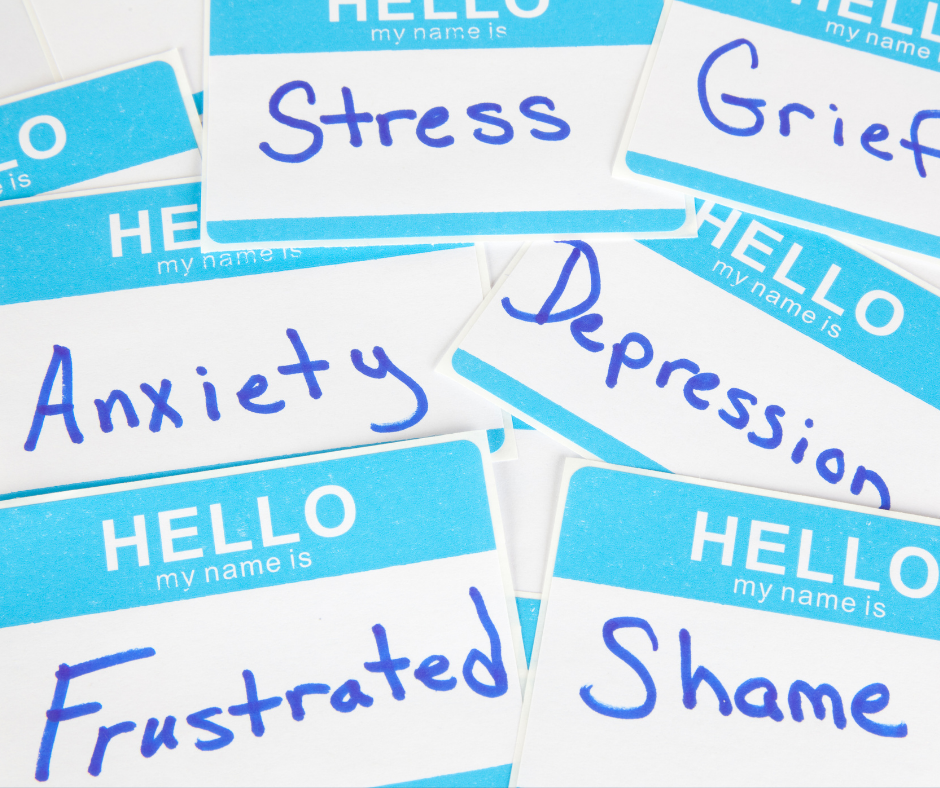Mental Wellness Toolbox: What are the Levels of Teen Therapy?
It’s normal for parents to feel ill equipped to help their teenage kids. Regardless of whether a mental illness is at play, parents may feel totally in the dark or totally overwhelmed about the right words to use, weird behavior, community resources, and types of health professionals.
Parents of teens should be familiar with the options and levels of intensity available to them in the mental wellness toolbox. When it comes time to be an advocate for their teen, parents will be more effective at partnering and communicating among their teen and their care teams.
Level 1: Space.
Try communicating at home, but on your teen’s terms. It is normal for teens to need to be left alone to sort out their thoughts, or to engage their own friends for support.
Level 2: Weekly Therapy.
Mental health professionals have another level of skill and intention. Sometimes, teens need to be heard and believed by a neutral party as the first step toward recovery. Therapists might suggest individual or joint sessions with family members to unpack the issues and present tools to cope and ultimately overcome problems.
Level 3: Intensive Outpatient Therapy.
If once or twice per week sessions are not providing relief, usually the next step is to try an intensive outpatient schedule. This may look like three to five days of therapy per week and include both individual and group sessions.
Level 4: Partial Hospitalization.
When a crisis is looming, partial hospitalization may be recommended. This is when the individual spends at least six hours per day in a specialized facility for five to seven days per week. Not all programs are alike, but clients receive medication management, individual therapy sessions, and group therapy sessions from 8 AM to 4 PM, and evening hours are reserved for family therapy, if it’s recommended by the care team.
Level 5: Inpatient Hospitalization
When teens are at risk of hurting themselves or others, inpatient hospitalization provides constant clinical supervision. The goal is short-term stabilization through intense structure and intervention, and the duration of the stay varies by treatment plans and individual needs. With inpatient hospitalization, clients will again receive medication management, individual therapy sessions and group sessions. Family sessions may also be recommended.
Medication
As an optional add-on to any of the levels covered, medications may be recommended as a standalone treatment or as a complement to ongoing therapy.
The Takeaway
Think of mental wellness as a life-long journey. It may take time and patience to know what level of treatment is right for your teen, but a great first step is to understand the options available and to develop your own questions and conversations with care teams about how best to help your teen. Any one of the levels described in this post might be used as a helpful transition to into or out of another level of treatment.




